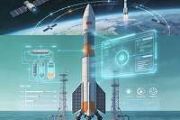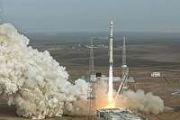
Copernical Team
Week in images: 27 February - 03 March 2023
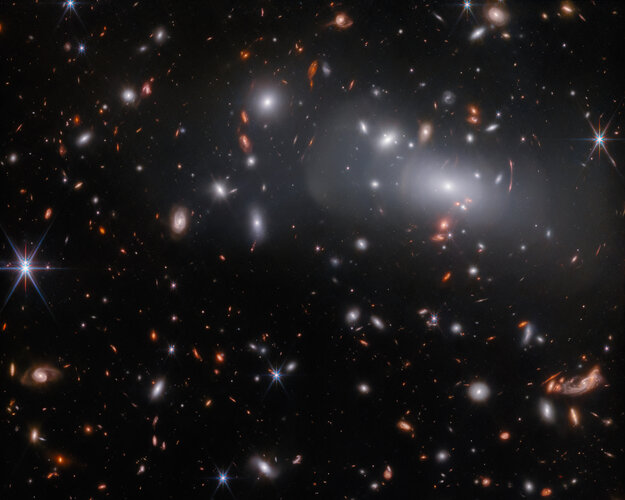
Week in images: 27 February - 03 March 2023
Discover our week through the lens
Drugs from the deep: scientists explore ocean frontiers
 Some send divers in speed boats, others dispatch submersible robots to search the seafloor, and one team deploys a "mud missile" - all tools used by scientists to scour the world's oceans for the next potent cancer treatment or antibiotic.
A medicinal molecule could be found in microbes scooped up in sediment, be produced by porous sponges or sea squirts - barrel-bodied creatures that c
Some send divers in speed boats, others dispatch submersible robots to search the seafloor, and one team deploys a "mud missile" - all tools used by scientists to scour the world's oceans for the next potent cancer treatment or antibiotic.
A medicinal molecule could be found in microbes scooped up in sediment, be produced by porous sponges or sea squirts - barrel-bodied creatures that c China invests $1.9 bn in top chipmaker: report
 China is pumping $1.9 billion into its top memory chipmaker, according to media reports, as US restrictions on semiconductor exports threaten Beijing's tech ambitions.
Semiconductor manufacturer Yangtze Memory Technologies Co (YMTC) is set to receive 12.9 billion yuan from the state-owned National Integrated Circuit Industry Investment Fund, Bloomberg reported on Thursday, citing government
China is pumping $1.9 billion into its top memory chipmaker, according to media reports, as US restrictions on semiconductor exports threaten Beijing's tech ambitions.
Semiconductor manufacturer Yangtze Memory Technologies Co (YMTC) is set to receive 12.9 billion yuan from the state-owned National Integrated Circuit Industry Investment Fund, Bloomberg reported on Thursday, citing government CHIPS Act just the first step in addressing threats to US leadership in advanced computing
Tech rivals chase ChatGPT as AI race ramps up
 Chasing Microsoft, global tech giants have rolled out announcements on how they will implement ChatGPT-like artificial intelligence into their world leading platforms and applications, with YouTube the latest to present plans.
Here is a roundup of how the world's biggest tech companies plan to surf the AI wave:
- Microsoft -
Microsoft has gone the furthest in pushing out generative A
Chasing Microsoft, global tech giants have rolled out announcements on how they will implement ChatGPT-like artificial intelligence into their world leading platforms and applications, with YouTube the latest to present plans.
Here is a roundup of how the world's biggest tech companies plan to surf the AI wave:
- Microsoft -
Microsoft has gone the furthest in pushing out generative A Scientists believe they've found untapped helium reserves
 The amount of helium in underground geological formations could satisfy thousands of years of global demand, researchers said in an article published Wednesday in the journal Nature.
Like other essential commodities, there are supply-side concerns for helium as a result of Russia's invasion of Ukraine last year. Sanctions and other restrictions mean supplies from Russia's Amur plant, ex
The amount of helium in underground geological formations could satisfy thousands of years of global demand, researchers said in an article published Wednesday in the journal Nature.
Like other essential commodities, there are supply-side concerns for helium as a result of Russia's invasion of Ukraine last year. Sanctions and other restrictions mean supplies from Russia's Amur plant, ex Galactic explosion offers astrophysicists new insight into the cosmos
 Using data from the James Webb Space Telescope's first year of interstellar observation, an international team of researchers was able to serendipitously view an exploding supernova in a faraway spiral galaxy.
The study, published recently in The Astrophysical Journal Letters, provides new infrared measurements of one of the brightest galaxies in our cosmic neighborhood, NGC 1566, also kno
Using data from the James Webb Space Telescope's first year of interstellar observation, an international team of researchers was able to serendipitously view an exploding supernova in a faraway spiral galaxy.
The study, published recently in The Astrophysical Journal Letters, provides new infrared measurements of one of the brightest galaxies in our cosmic neighborhood, NGC 1566, also kno SpaceX Dragon crew enter International Space Station
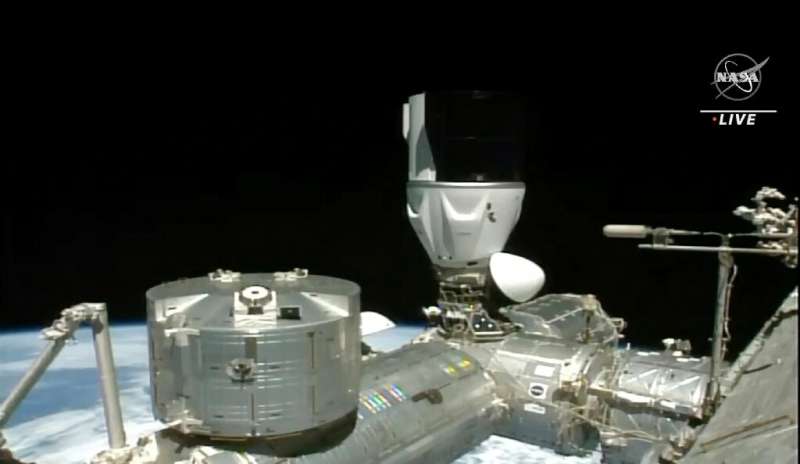
Four astronauts entered the International Space Station on Friday after their SpaceX Dragon Crew-6 mission successfully docked, a NASA livestream showed.
The SpaceX Dragon Endeavour spacecraft arrived at the orbiting station at 0640 GMT on Friday, the US space agency said in a statement.
NASA's Stephen Bowen and Warren Hoburg, Russia's Andrey Fedyaev and Sultan al-Neyadi of the United Arab Emirates entered the station about two hours later, the livestream showed.
A SpaceX Falcon 9 rocket carrying the spacecraft had blasted off to the station on Thursday after the launch was scrubbed just minutes before liftoff earlier in the week.
The crew will spend six months on the station, where they will conduct more than 200 science experiments and technology demonstrations, according to SpaceX.
The mission was the first space flight for Neyadi, Hoburg and Fedyaev.
Earth from Space: Poyang Lake, China
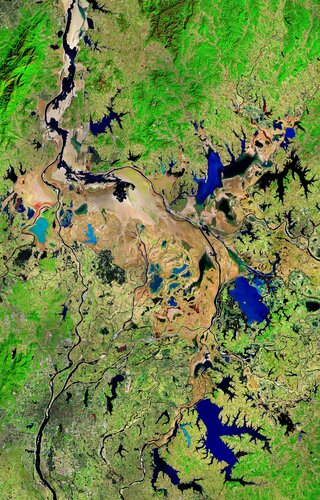 Image:
This Copernicus Sentinel-2 image shows Poyang Lake in China’s Jiangxi Province during winter.
Image:
This Copernicus Sentinel-2 image shows Poyang Lake in China’s Jiangxi Province during winter. Media briefing on the loss of the Vega-C Flight VV22 mission
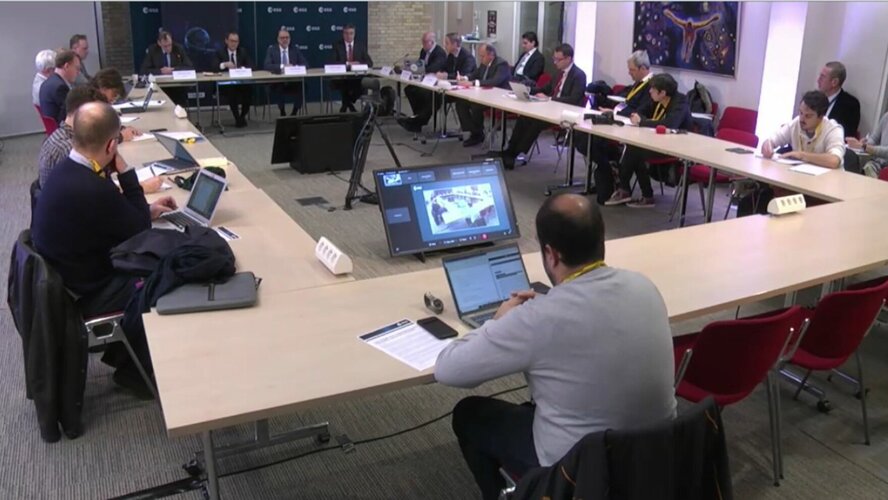 Video:
01:12:11
Video:
01:12:11
The Independent Enquiry Commission tasked with analysing the loss of the Vega-C Flight VV22 mission shares its findings.

